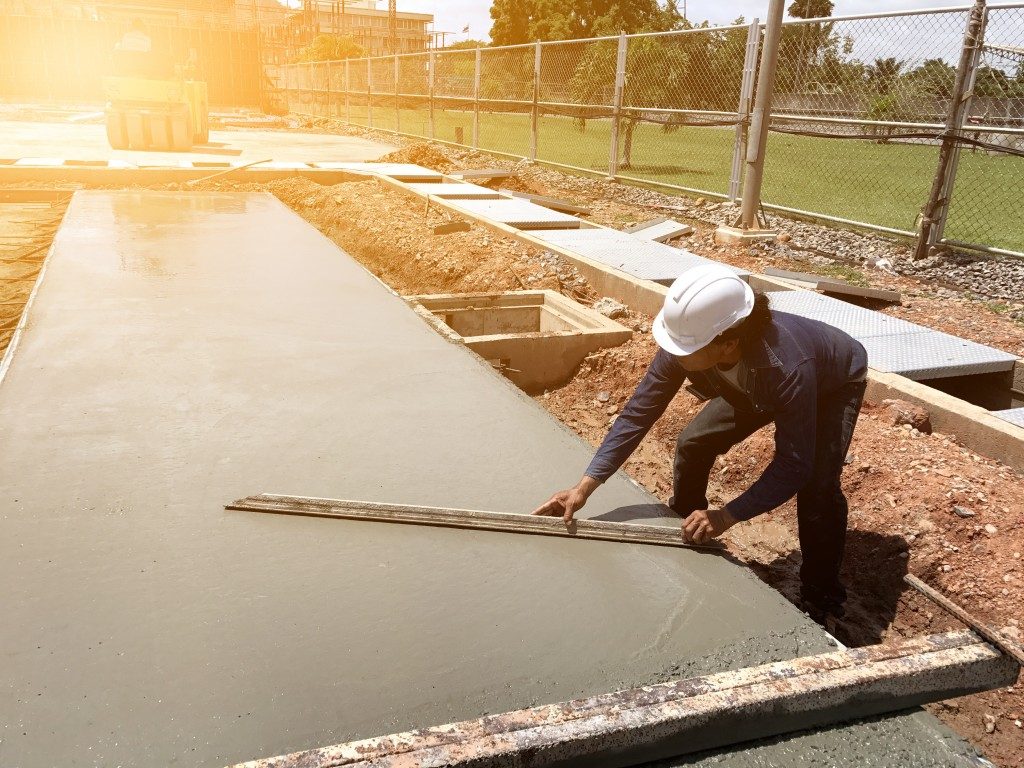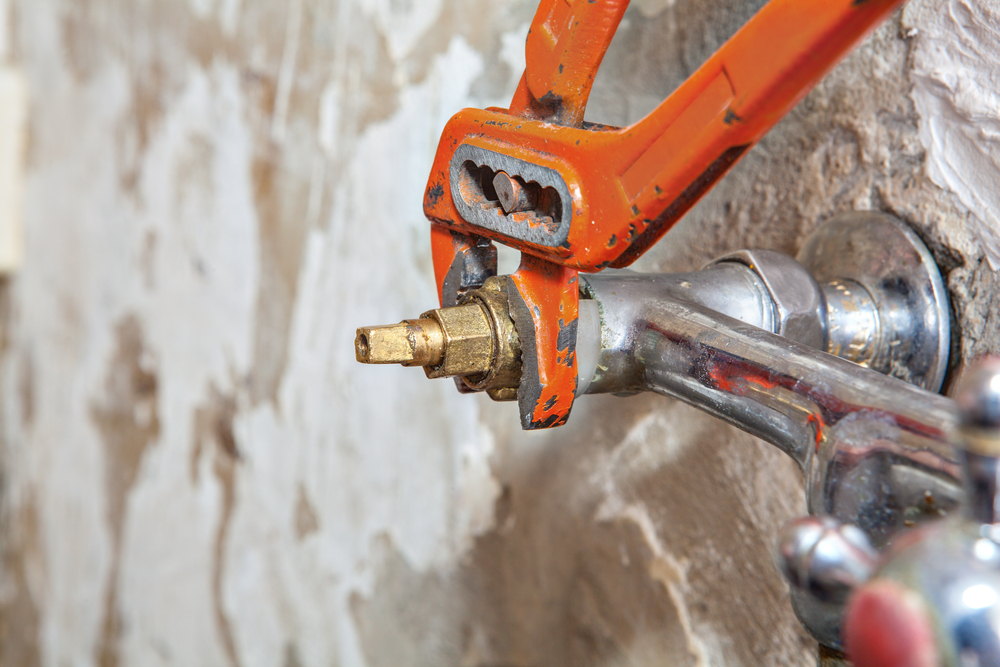Though durable, concrete structures are at high risk of developing cracks and fractures when exposed to extreme weather and pollutants. Weathering denotes the effect of these elements, the leading one being the premature deterioration of concrete structures. The most affected parts of concrete structures are the top structures about 60cm from the ground, including cornices, parapets, walls, and piers. While you have minimal or no control over the freezing temperatures and pollution in your region, there are different protective solutions used for concrete structures.
A PVC waterstop is among the solutions available for the protection of your structures. This stops the infiltration of water into the spaces in your concrete and thus minimizes the effect of freezing and thawing water on the gaps in your edifice. There are also other solutions for preventing the weathering of your concrete structure during its curing process when it is highly vulnerable. Weathering during this crucial period compromises the strength and look of your concrete after curing and prolongs its curing time. Here are your options for concrete protection during its curing.
Windbreaks
Most construction sites have windbreaks for the protection of construction personnel from biting winds. These windbreaks can also protect laid concrete from excessive evaporation and biting winds that contribute to temperature drops and pollutants. In most instances, windbreaks with heights of six feet are sufficient. Yours can be taller or shorter than this depending on your ambient temperatures, types of pollutant, anticipated wind velocities, concrete placement temperatures, and relative humidity.
Heated Enclosures
These are used to contain an area with freshly laid concrete and protect it from dropping temperatures. Though highly efficient, heated enclosures are generally the most expensive choice for protection of concrete during curing. The enclosure can be made of rigid plastic, canvas tarps, wood or polyethylene. Direct and indirect heating and hydronic systems are the options used for heating the enclosures.
Insulation

This marks the most economical choice for maintaining an adequate curing temperature on your concrete. The method uses the hydration heat or that generated by the water and cement’s chemical reactions to maintain ambient temperatures. Blankets and boards are the common types of insulation used for freshly laid concrete. These keep the generated heat near your concrete and minimize its rate of dissipation into the environment.
Applying Chemical Solutions
There are two chemicals used for the protection of concrete from low temperatures: zinc or magnesium fluosilicate and sodium silicate solutions. Both solutions are applied in two coats and will harden your surface thus making it impermeable to vegetable oils, salts, alkalis, and minerals. When using zinc or magnesium fluosilicate solutions, the concentration of all your coats is similar, but in sodium silicate, subsequent layers have stronger concentrations than the previous ones.
It is tempting to cut corners and overlook a few things when putting up a concrete structure to minimize construction costs. You cannot afford to forego these protective solutions for your fresh concrete. The best protection for your concrete is essential so that your hard work and considerable monetary investment will not go to waste. This protects your company’s reputation and guarantees repeat clients and referrals.




